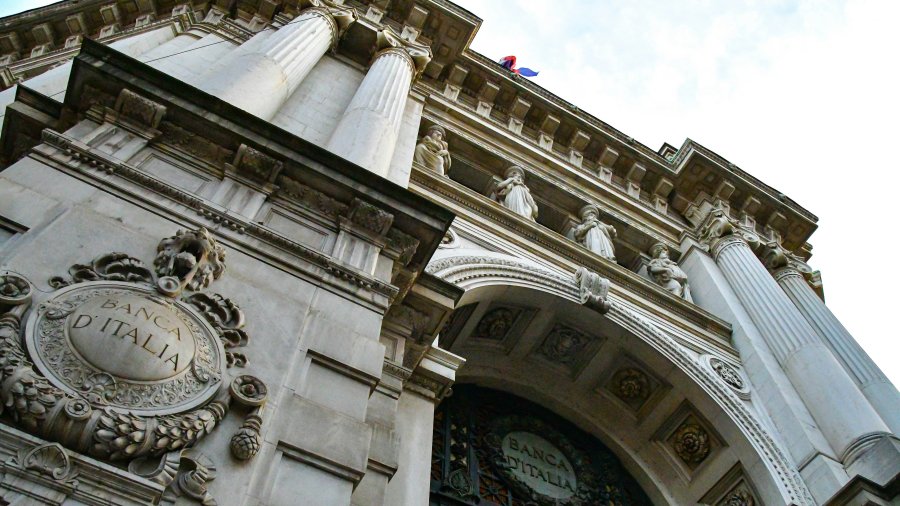24.06.20216 min
Share the article
A new world: the art of tomorrow
The last few years have been a turning point for the art market. From accelerated digitalisation to soaring, record-setting sales and a generational and behavioural transition, a new world is opening up for the art of tomorrow. Who will be the new players, what will be the business models and major trends in the years to come?
What major transformations will we see in the art market in the years to come?
As a result of new regulations and the accelerated adaptation of the art market to a new remote environment, transparency and digitalisation are the two major forces of change to come. These two trends influence each other. The impossibility of physical contact has pushed galleries to post prices online, a new practice that was reserved for secondary market players in the past. This increase in transparency is a positive signal, making it possible to assess the performance of the primary market and giving collectors confidence.
Digitalisation has already made itself felt, with a significant increase in online sales in 2020, which, according to Artprice.com, The Art Newspaper Podcast and Fine Art Group, will account for 25% of overall sales for the year, twice the figure for 2019. This proportion is likely to increase exponentially, driven by the new generation of collectors and technological advances. The digitalisation of the market also extends to new art forms such as non-fungible tokens, or NFTs, which make use of cryptocurrencies and social networks to bypass traditional intermediaries. It is still difficult to define them as works of art, and too early to foresee how long they will endure. However, there is no indication that they will not withstand the test of time and eventually become a full-fledged artistic movement. Do they represent the last bastion of “low-art”, or will they become a new form of pop-art with Warholian aesthetics? The Impressionists were reviled in their early days. This did not prevent them from becoming one of the most transcendent movements in the history of art.
Who will be the players of tomorrow?
The shift to the new generation of collectors has already begun, as evidenced by the fact that millennials under the age of 40 made 25% of all purchases at Sotheby’s in 2020. According to the Fine Art Group, 30% of millennials made purchases of more than a million dollars last year, compared to only 17% among baby boomers. These new collectors have a very pronounced taste for “ultra contemporary” art. This generational transition can also be seen in the emerging artists and current trends, with a kind of new populism influenced by socio-cultural and environmental issues. This can be seen in the meteoric rise of prices for works by women and African-American artists, such as Amoako Boafo, Jamie Holmes and Christina Quarles, who are among those who have recently set sales records. In fact, sales of works by artists under the age of 40 rose by more than 50% in 2020 at Christie's, Sotheby's and Phillips.
There is also a growing schism between different categories of collectors.
- The new generation focuses more on social impact, both through the artists’ messages and their ability to question the world today.
- The very wealthy from the emerging countries, on the other hand, favour buzz and speculation. This was seen with the version of Banksy’s “Girl with balloon” which sold in March for over a million dollars, with the majority of bidders coming from Asia.
- Major collectors, on the other hand, are moving towards sustainability, with fewer record transactions and longer retention periods for fine works. The recent sale of a Van Gogh for EUR 11.3 million shows a healthy stability in blue chip sales and a return to fundamentals. This is an indication that the market is catching its breath and is gradually emerging from a period of speculation.
Is a return to local markets conceivable?
In fact, we are seeing a return to the local level and a certain regionalisation of the market that is likely to last for years to come. This is due to an increased sense of nationalism that has developed again in recent months. Unlike 2009, when it would have been bad form to publicise a major new acquisition, the 2020 crisis has not had the same impact. There is a strong desire to support the socio-cultural sector, which in turn is leading to a renewed interest in local emerging artists. As a result, a significant reduction of around 30% in the number of art fairs is expected. Although exacerbated by recent events, this phenomenon of “art fairtigue” has steadily increased in recent years.
This somewhat forced return to the local is undeniably accompanied by a need to rethink access to art. This growing consolidation of international fairs, combined with a regionalisation of the market, will benefit art advisors. With collectors less on the go, the role of these intermediaries will take on considerable importance in order to maintain privileged access to the market. Their networks will be their greatest asset in a digitalised market.
It essential that artistic heritage be included in the overall management vision of private banks.
What business models would be best in order to adapt to these future trends?
With number of visitors expected to fall by 77% for 2020, museums will have to rethink the way they operate. Technological advances have already made it possible to appreciate art on a screen, but it’s not the same. In addition, the ban on the disposal of collections (in Europe) together with reduced acquisition budgets makes it a major challenge to make use of existing collections, the majority of which are in storage. Thanks to environmental awareness, it is possible to imagine that institutions will strengthen their collaboration in order to make better use of their collections in storage and to improve the circulation and visibility of their collection with fewer journeys by visitors. This greater rotation of works of art, beyond the leverage effect it provides, will accompany this return to local art and the reduction of travel.
On the secondary market, we see a move towards sales category agnosticism, as Christie’s recently announced. This will make it possible to attract a greater number and variety of collectors. We are also seeing a strategic shift towards other sectors. Mario Tavella, CEO of Sotheby’s France, has already communicated his desire to develop the luxury segment for the home. Finally, traditional boundaries will become blurred. From the roles of artists to curators and back again, from design to painting, art as business, science and technology, will reveal new combinations that have not been explored until now.
Art and finance are increasingly coming together. how will this convergence work for private banks?
We are increasingly seeing a convergence between cultural institutions, art market players and financial institutions. The growing demand for holistic wealth management includes, among other things, passion investments, of which art, as an asset class in its own right, is one. This makes it essential that artistic heritage be included in the overall management vision of private banks. To this end, Degroof Petercam has innovated by creating the Art Collections service in order to assist its clients, whether beginners or experienced collectors, in building and/or managing their collection.
Our belief in the importance of art is also reflected in our support for cultural institutions. We sponsor a large number of museums and art events, such as Het Kunstuur, MUDAM, Art Brussels and the Watou festival.
Image: Amoako Boafo The Lemon Bathing Suit, 2019 Image courtesy of Phillips
Share the article
Related articles
Rue de l'Industrie 44
1040 Brussels
Belgium
+32 2 287 91 111040 Brussels
Belgium
VAT BE 0403 212 172
RPR | RPM Brussels
RPR | RPM Brussels
Regulated by the Belgian Financial Services and Markets Authority (FSMA) and the National Bank of Belgium | All rights reserved 2024, Degroof Petercam





